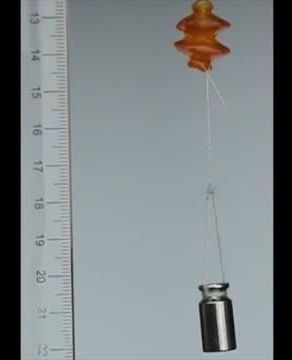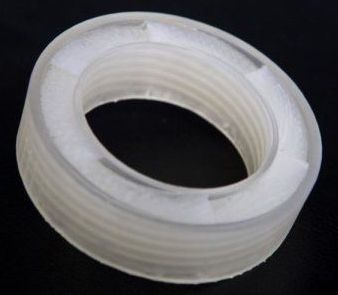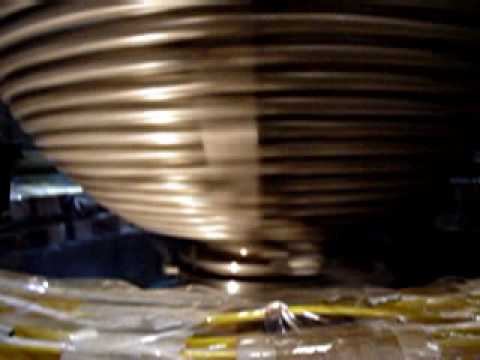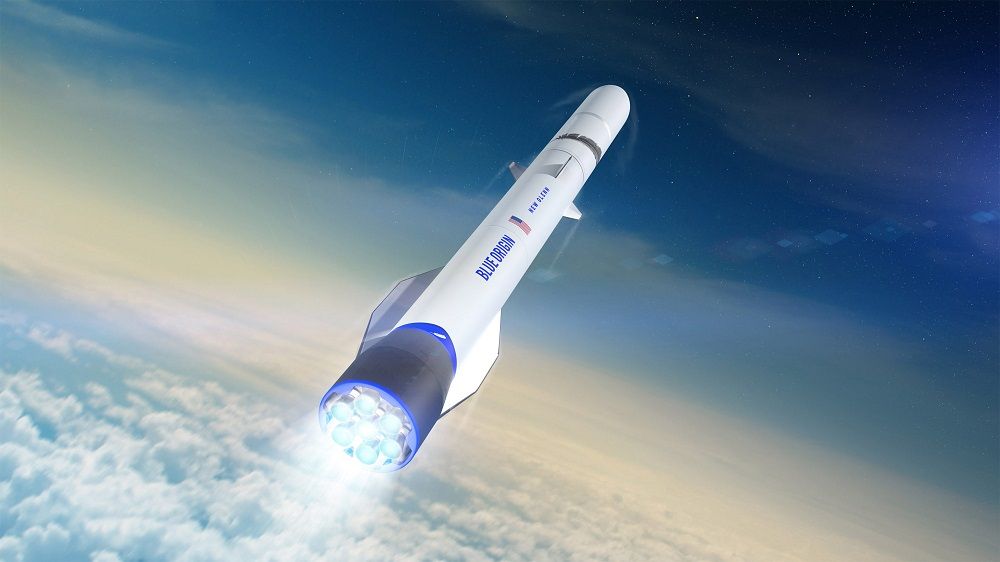Instead of throwing away your broken boots or cracked toys, why not let them fix themselves? Researchers at the University of Southern California Viterbi School of Engineering have developed 3D-printed rubber materials that can do just that.
Assistant Professor Qiming Wang works in the world of 3D printed materials, creating new functions for a variety of purposes, from flexible electronics to sound control. Now, working with Viterbi students Kunhao Yu, An Xin, and Haixu Du, and University of Connecticut Assistant Professor Ying Li, they have made a new material that can be manufactured quickly and is able to repair itself if it becomes fractured or punctured. This material could be game-changing for industries like shoes, tires, soft robotics, and even electronics, decreasing manufacturing time while increasing product durability and longevity.
The material is manufactured using a 3D printing method that uses photopolymerization. This process uses light to solidify a liquid resin in a desired shape or geometry. To make it self-healable, they had to dive a little deeper into the chemistry behind the material.









